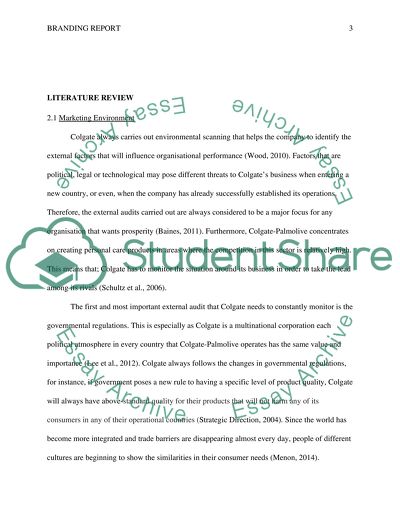Cite this document
(“Branding Essay Example | Topics and Well Written Essays - 3000 words - 2”, n.d.)
Branding Essay Example | Topics and Well Written Essays - 3000 words - 2. Retrieved from https://studentshare.org/marketing/1678529-branding
Branding Essay Example | Topics and Well Written Essays - 3000 words - 2. Retrieved from https://studentshare.org/marketing/1678529-branding
(Branding Essay Example | Topics and Well Written Essays - 3000 Words - 2)
Branding Essay Example | Topics and Well Written Essays - 3000 Words - 2. https://studentshare.org/marketing/1678529-branding.
Branding Essay Example | Topics and Well Written Essays - 3000 Words - 2. https://studentshare.org/marketing/1678529-branding.
“Branding Essay Example | Topics and Well Written Essays - 3000 Words - 2”, n.d. https://studentshare.org/marketing/1678529-branding.


